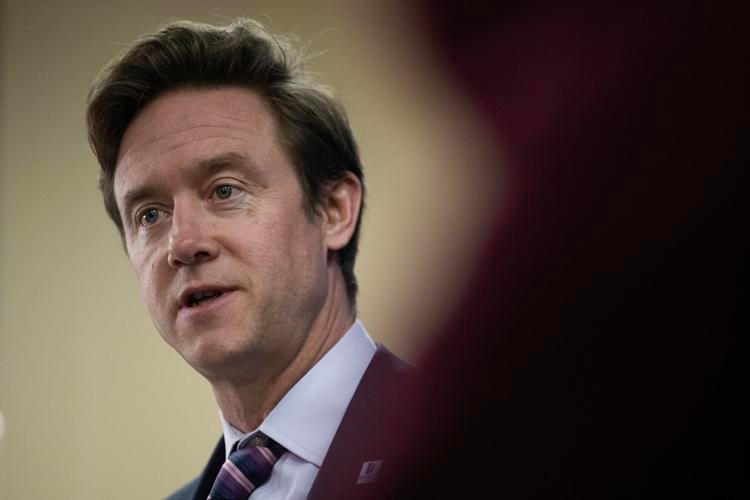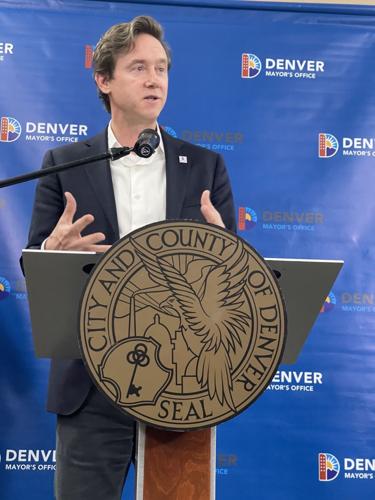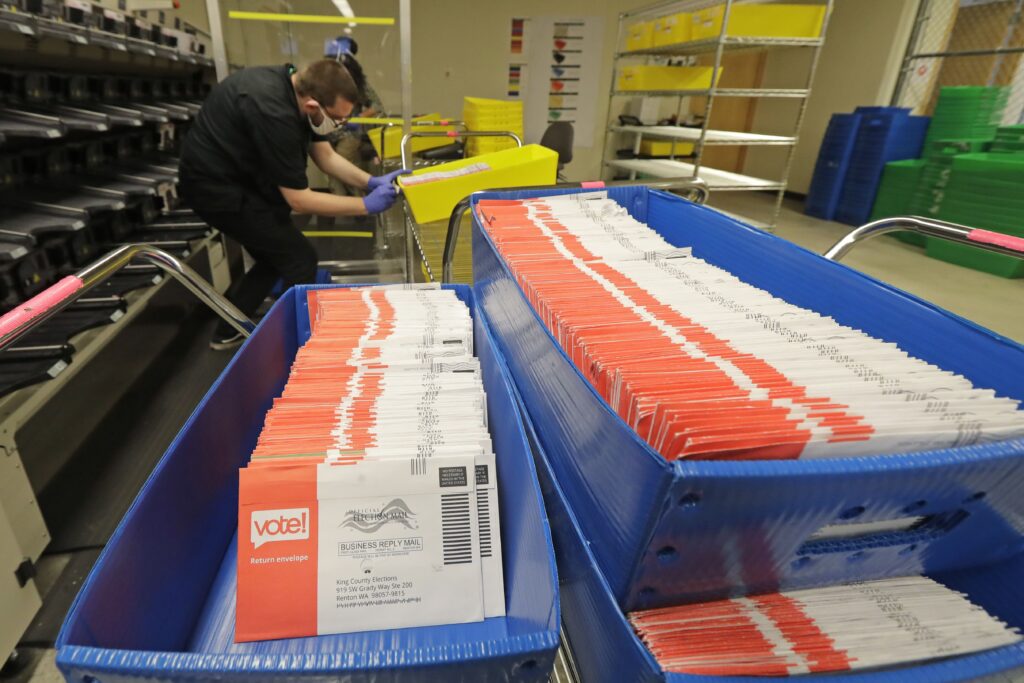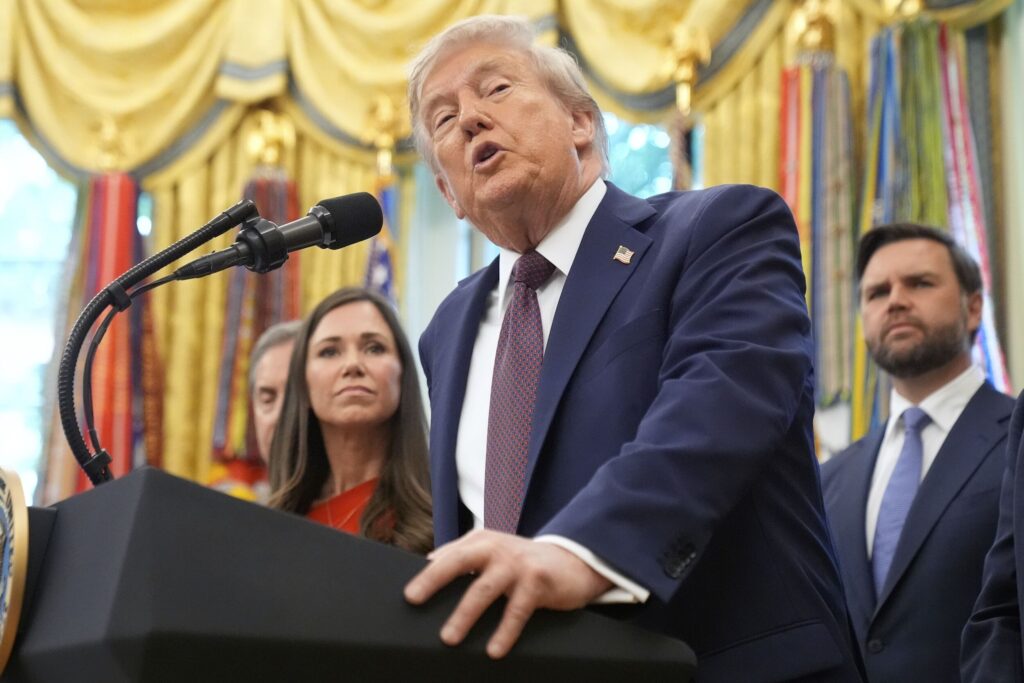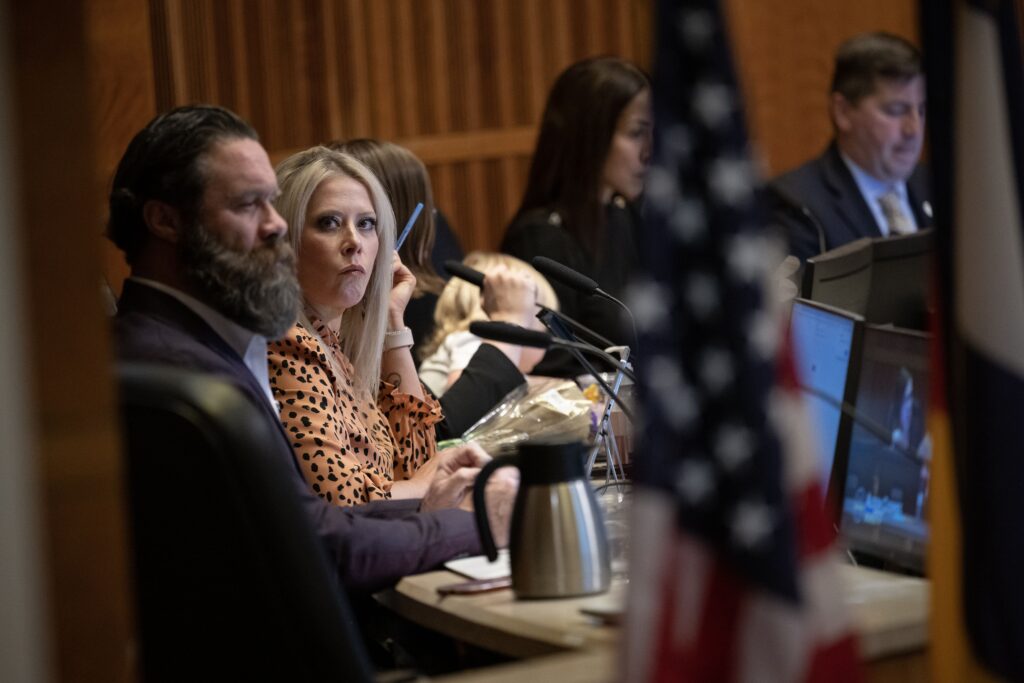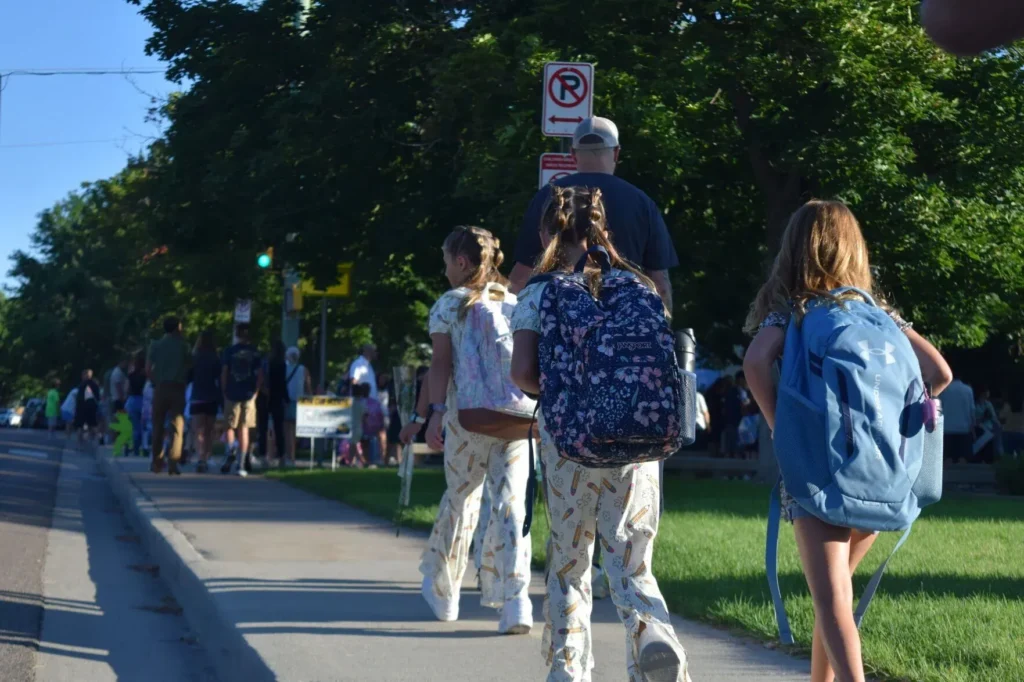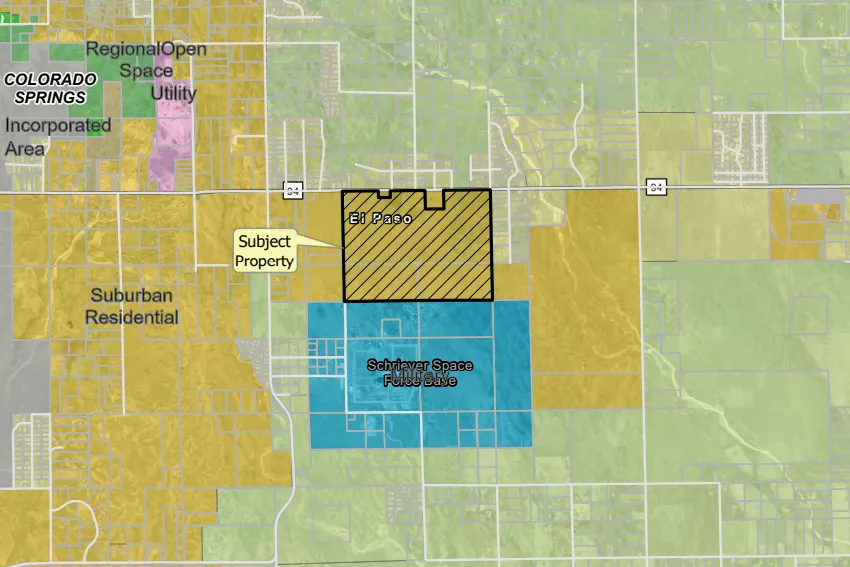Denver plans to close four immigrant shelters

Denver Mayor Mike Johnston on Wednesday revealed his long-term strategy for dealing with the humanitarian crisis — and the steep cost — to shelter, feed and transport the nearly 40,000 immigrants who have come to and through Colorado’s most populous city over the past 14 months.
“We knew that, as a result of federal inaction on immigration and the resulting budget crisis, that there were two important steps we needed to take,” Johnston said. “No. 1 was adjusting city budgets to help supplement the needs, and the second was to reduce the overall costs of our migrant program.”
Flanked by the administration’s new head of “Newcomers Program” Sarah Plastino, Johnston said at a news conference Wednesday that city officials in March will close four of the city’s 10 shelters used to temporarily house immigrants — which means the city won’t have to spend $60 million to operate the shelters.
Although Johnston insisted no one will be displaced with the shelter closures, he said about 300 immigrants could be located elsewhere.
Given a number of those living in city shelters are children, it’s unclear what the impact on immigrant students could be. The city said there are 1,000 children in city shelters.
Johnston pushed back on the notion that scaling back on the number of city shelters is sending a different message to immigrants, who crossed America’s southern border illegally and began arriving in Denver more than a year ago.
“I don’t think it changes any part of the message,” Johnston said, adding the city has successfully managed the surges.
Johnston added: “What we can’t do is have a city that stays on the hook for $180 million in costs without any federal support.”
With the shelter closures, Johnston said the anticipated shortfall could now be up to $120 million.
The city’s work clinics have seen 600 immigrants apply for work authorization, he said. They are hoping to have another 700 apply in coming weeks.
Johnston had projected up to a $180 million in budget shortfall this year, an estimate based on the peak of the surge several weeks ago.
The Common Sense Institute earlier described the projections as “alarming but highly uncertain,” noting that $180 million is more than five times the spending reported in December last year. The group added that the city’s illegal immigration expenses could reach $55.5 million at the current rate of immigrants arriving in the city, based on publicly available spending data.
Last month, the mayor directed department heads to find at least 10% in cuts.
At the time, Denver was seeing hundreds of new arrivals daily and was sheltering nearly 5,000 immigrants. Overnight arrivals has since dramatically dropped.
Earlier this month, Johnston announced $5 million in service cuts to the Department of Motor Vehicles and Department of Parks & Recreation. Additional cuts are expected.
As of Tuesday evening, Denver has welcomed 38,890 immigrants — mostly from South and Central America — at a cost of more than $58 million, according to city officials.
Of the $58 million, the city spent $11 million this year.
Denver taxpayers are shouldering the bulk of these costs.
Wednesday’s announcement was at the behest of city council, which has called on the mayor to pivot from an emergency response to a long-term strategy.
While councilmembers The Denver Gazette has spoken to insisted any long-term strategy needs to include regional partners, Johnston’s announcement Wednesday did not address this.
It’s also unclear who those regional partners might be after leaders in Colorado Springs and Aurora have reaffirmed — with symbolic resolutions — their “non-sanctuary city” status.
Johnston took issue with characterization Denver had sent immigrants to other cities, saying such portrayals were “false” and that “unwelcoming” cities are on the wrong side of history.
“These cities have been on the losing side of history at every single moment,” Johnston said.
Generally speaking, a “sanctuary city” refers to a designation given to municipalities and counties that establish policies discouraging local law enforcement from reporting an individual’s immigration status to federal authorities.
Unlike in previous waves, the illegal immigration crisis unfolding at the southern border with Mexico has spilled into America’s interior in cities — notably Denver, which is not a traditional gateway city like Chicago and New York.
Lawmakers in these cities have also been confronted with the challenge of caring for waves of immigrants and the ensuing costs.
While Johnston on Wednesday doubled down on an open-door strategy in the hopes immigrants have gotten the message through social media and other informal networks that the job opportunities in Denver have narrowed over the past six months, New York City Mayor Eric Adams has taken a different tact.
Earlier this week, Adams upended decades of precedent by saying he would favor law enforcement openly working with immigration authorities to deport immigrants suspected of serious crimes.
Because Adams cannot act unilaterally and democratic leaders have signaled no intention of changing New York City’s sanctuary laws, it is unlikely to come to fruition.


